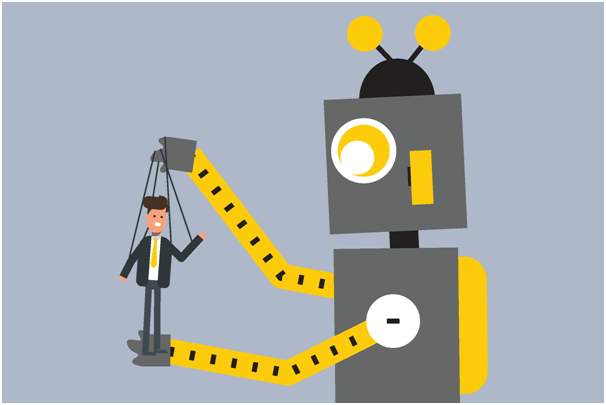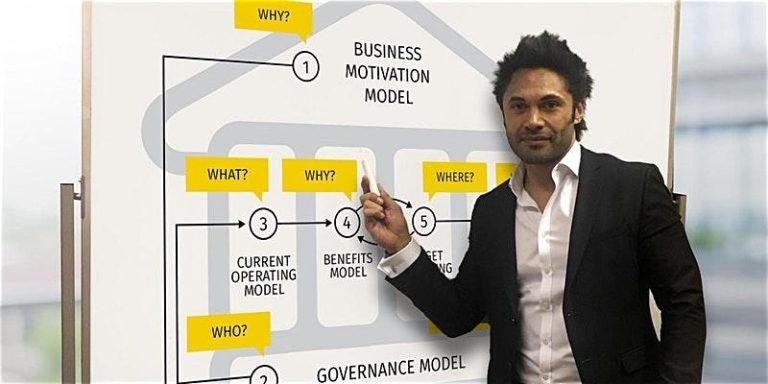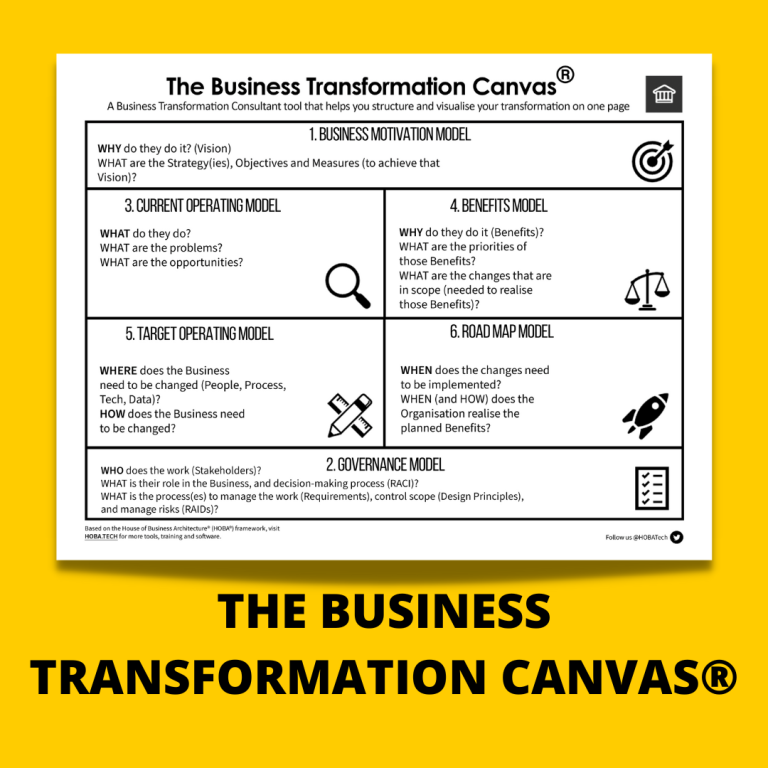As the pandemic continues to influence the world in unprecedented ways, advances in technology alongside business transformations have significantly helped organisations in responding to this crisis.
Although the concept of business transformations have been around for a long time, its many benefits have only surfaced recently. Now, more than ever, with globalisation at an all-time high, organisations are feeling the need to invest in business transformations.
However, over 70% of digital and business transformation efforts and projects fail. The question also arises, then, is why do some transformations succeed and others fail?
A key reason for this is that often technology is placed at the heart of digital transformations. Yes, technology plays a very crucial role, it is in a lot of cases what enables the Business to transform. But, in reality, it is not the technology that drives the transformation, it’s the people that drive a business transformation.
Whether it’s a digital or business transformation, it People that should be at the centre of it for it to be a success.
The recent trend was business transformations were focused entirely on the technology aspect of business transformations, which led to their failures. With the shift of focus on a more people-centric approach, more successful business transformations have evolved.
Transformations Require a Cultural Shift
People by nature are adverse to change. We are creatures of habit. So what happens with Organisations undergoing change, more often than not, employees are reluctant in accepting a business transformation, but for different reasons. The most common reactions are – they are not aware of the changes; are afraid of being replaced, or worry that they won’t be able to learn the new processes and methods.
Here is a deeper look into how the wrong organizational culture can upset your transformation efforts.
Even if you implement the latest technologies and tools, you won’t be able to reap its benefits if the People in the organisation don’t adopt the digital and agile mindset.
Prior to introducing the transformation, the Vision for the transformation and the Benefits you plan to get as the result of delivering the changes, must be shared with the employees. You need encourage them to embrace the changes that these new digital tools will bring, and for them to be willing to learn new processes and systems.
An effective and transparent communication system will help ease the culture shift and raise employee morale and collaboration during the process.
Transformations Require Behavioural Changes
Even if employees whole-heartedly embrace a business transformation, they must understand how the changes will affect the way they work, and operate with their new digital tools. For that to happen, You need to prepare the organisation and increase its readiness for change, specifically these behavioural changes.
Introducing technology alone won’t lead to positive results. If the People working with it don’t have the skills and knowledge to use it efficiently, you’re destined to fail. To achieve a successful business transformation, employees will require learning opportunities that enable them to think and act differently.
You need to ensure Business Change, HR and/or L&D are onboard with a thorough and detailed training plan for employees to build the skills needed to harness the new tech.
While you equip your workforce with the right tools, make sure to not totally disregard the technological shifts. Businesses that have incorporated automation solutions and helped the workforce adapt seamlessly have experienced fruitful, streamlined transformations.
Here’s a handy playbook that might help you with the process!
To achieve a successful business transformation, employees will require learning opportunities that enable them to think and act differently.
Heath Gascoigne Tweet
Transformations Require Leader Support
While a utopian approach suggests that change begins from the bottom, in reality it’s usually the other way around.
No matter what the task, it’s a tried and tested policy to lead by example. In the same way, leaders need to set the expectations, showing employees what is required for a successful business transformation. When employees see their leaders embracing the digital change, they’ll ‘follow the leader’ and are more accepting of it. Successful leadersknow that successful transformations is about the People, and create a healthy environment for open communication, recognise employee efforts and support them throughout the process.
In fact, often leaders decide to undergo a training period to enable themselves to tackle the challenges they will have to face during the transformation period.
I have created the ultimate list of the do’s and don’ts of organization transformation that you may want to have a look at.
The HOBA Model
It’s important to understand that a business transformation should be people-led and technology-supported. Here at HOBA Tech, we do exactly that. From our framework to the technical features of our SaaS tool and blueprints, we ensure that our objective remains offering a user-centric approach.
It’s our job to let you enjoy a smooth business transformation, from the design phase all the way to its implementation, where the people factor is catered for. In fact, our entire process is based on team work. We believe that when the team works, the transformation works!
Here’s a free training I created that discloses the 6-step process that ensures a fail-safe transformation.
The first model in our extensive 6-model framework is the Business Motivation Model, where we ask our client to agree on what the end looks like. We reiterate the importance of sharing this across the organisation, so everyone is clear on what the mission and vision of the business transformation looks like! With us, we ensure that the stakeholders are satisfied from the first stage.
Our second model, the Governance Model, is all about the team. We decide roles and responsibilities, which are accordingly delegated and informed. As a result, tasks, decisions and risks are managed in a time-efficient manner, contributing to the success of the business transformation.
In our SaaS tool, we offer a unique built-in wizard, which makes the software user-friendly, even for the ones with no prior business architecture knowledge. As a result, each employee is able to use and operate our software with ease, making sure nobody gets left behind.
This also helps to motivate employees and allows them to see the benefits of the business transformation, making them embrace it better.
Want to get more useful transformation tit-bits? Check out my podcast!
HOBA Tech believes that a business transformation is done by the people and for the people. We understand the importance of using premium, high-quality technology, but we also understand that business transformations are not possible without the people.
To fully realise business transformation gains, organisations must equip their workers with the positive, empowering environment and adequate tools they need to utilise technology to its maximum potential.
Thank you for reading this!
Sincerely,
Heath Gascoigne
P.S. If you want to join our Business Transformator community of like-minded Business Transformators, join the community on the Business Transformator Facebook Group here:
P.P.S. If you want to learn more about business transformation, check out The Business Transformation Playbook here.
For more information, visit https://www.hoba.tech












